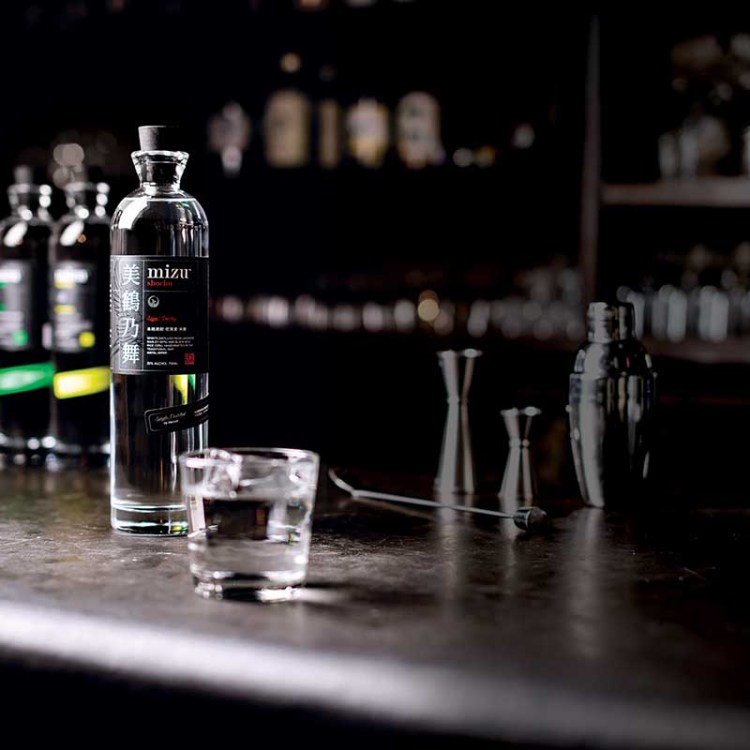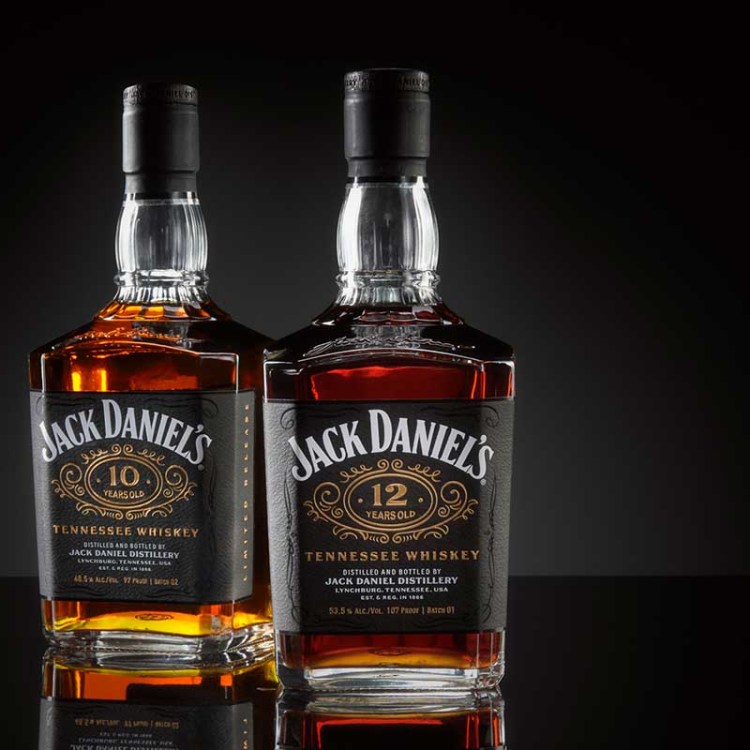They say nothing lasts forever, and aged Japanese whisky is no exception. Having bursted into the American drinking consciousness over the last two decades (thanks in no small part to Bill Murray), the spirit has become a favorite of collectors and connoisseurs. The bad news is that Japanese distilleries weren’t anticipating such a boom. The result? Their aged stock is now running dangerously low, forcing some of the most well-known distilleries to discontinue sales of their aged product.
“This is kind of what happened, or has been happening, in the bourbon world,” says Bill Thomas, the owner of the largest publicly available whiskey collection in the Western Hemisphere at his bar and restaurant Jack Rose Dining Saloon in Washington, D.C. “You have very few producers making quality spirits, which then get rediscovered by a large segment of the world. Because it’s whiskey and it’s an aged product, you can’t just all of a sudden make more … They simply don’t have enough because they didn’t make enough new whiskey 10, 15, 17 years ago.”
So how did Japanese whisky, which just a few years ago seemed niche, become so popular? Because today’s average whisky drinker seems to be evolving. “They’re much more open to trying different expressions from the whisky category, which means you don’t have to devote your menu to bourbon or single malts anymore,” says Thomas. “You have a whisky drinker who’s willing to try anything because we have more access to information.”
Both Thomas and Jake Riley, the beverage director at Brooklyn-based Maison Yaki and Olmsted, credit the initial explosion of Japanese whisky to an award given by legendary whiskey connoisseur Jim Murray. “The crazy thing is that it was only 2014 when this first started. A Japanese whisky won Best of the Year for the first time ever, beating out a scotch. Up until that point no one had any kind of eyes on Japan at all,” says Riley.
That award-winning whisky was none other than the Yamazaki Single Malt Sherry Cask 2013, a now-rare bottle that sometimes goes for more than $10,000 online. Murray then described it as a drink of “near incredible genius” with a taste that was “thick, dry, as rounded as a snooker ball.”
The Yamazaki Distillery is owned by Suntory — one of the leading producers of Japanese whisky, and like fellow giants Nikka and Kirin, one that has been forced to discontinue some of its most popular aged products. The most recent announcement came last week, when Taketsuru Pure Malts (a Nikka label) revealed they’ll soon be shelving their 17-, 21- and 25-years.
The good news? You can still get your hands on some of the best bottles out there, and true whisky lovers can get ahead by venturing into smaller producers with uncovered gems that haven’t yet reached the wider public eye.
Aging for Dummies
Before we get into the best bottles to invest in, let’s talk about aging, and why it matters.
We know that aged product is pricier and harder to find than standard whiskies. For one, there’s simply less of it, and distillers also have to contend with the angel’s share: a loss of about 2% of the total volume of each given barrel every year. When you consider barrels that have been sitting there for 25 years, that’s a lot of loss.
But the question is, how much does age really matter past a certain point? Our experts say that price-wise, it will always matter: a 25-year of the same line will always sell for more than its 17-year counterpart.
When it comes to flavor, Riley says they’re simply different. “You can enjoy the 17 more than the 25 depending on your tastes. And if you are looking at a menu and one is 10 times the price of the other, you’re not going to be disappointed with the younger ones. If you’re looking for a bottle to drink at home, you will be very happy with the 17, for sure. The 25 is one of those bottles you save for your son’s 21st birthday.”
The Crème de la Crème
There are some bottles perfect for the investor looking to dip their toes in the resale market, or even, perhaps, actually drink some quality Japanese whisky. These include picks like Nikka Yoichi 12-year or Suntory Yamazaki 18-year — both decent investments, but not ones rare enough to set you back thousands.
Then there are those bottles. The highly coveted and ridiculously expensive. One line almost certain to bring you returns (and bragging rights) is Ichiro’s Malt Card Series.
“This is definitely something I would recommend as an investment whiskey,” starts Riley, a little too excited. “A man named Ichiro Akuto was the grandson of this distiller, Isouji Akuto. What happened was in the ‘90s they closed the distillery because back then no one drank Japanese whisky, not even Japanese people. They ended up with the hundreds of barrels just lying there, destined to be destroyed. Ichiro decided he couldn’t let this happen.”
“He started up a new company where he began releasing it all as single barrel expressions — the most famous being the card series. Every playing card is represented, and a couple of jokers were released as well. They’re super rare and the crowning item for any collector.”
The Ten of Diamonds is currently available on Dekanta for $4,500, and last August the full 54-Card Series broke auction records in Hong Kong when it sold for the equivalent of over $900,000.
Similarly elusive bottles were once made at the now-closed Karuizawa Distillery. Their focus on perfecting their recipe was eventually their downfall, leading to the closure of the distillery back in 2011. Some of the most popular Karuizawa bottles are the Golden and Emerald Geishas, but there are still casks from the distillery waiting to be bottled, many owned by whisky enthusiast Eric Huang, who has expressed an intention to bottle and release the very last cask at the Tokyo Olympics in 2020.
Stocking Up
It’s important to keep your finger on the pulse of both what’s going out of stock, and what’s just popping up. Both options will have lower price points for first-time buyers or those who want to purchase in bulk (just make sure to exercise caution if you’re planning to then sell in bulk).
To start, aged Nikka Taketsuru Pure Malts are going to be discontinued by the end of March, with an exact cutoff depending on stock availability. Right now a bottle of the 25-year will set you back a few thousand, but could be worth a lot more after a year or longer holding onto it.
Since the Japanese whisky boom hit, we’ve also seen an impressive influx of new distilleries around the country, with 2020 possibly being the year for their first ever whisky expressions. We suggest keeping your eye on promising newcomers like Shizuoka, whose owners bought the distilling equipment previously used by the Karuizawa Distillery mentioned above. Akkeshi Distillery has also announced that its first single malt is ready for preorder, with a release date of February 27th.
Just Book It
Feeling inspired? Do what any sane person would do and book a plane trip to the most remote part of Japan you can find.
“The best way [to collect], which is a lot of work but people who are into collecting often this fun, is to go to Japan,” says Riley. “The retail prices in Japan are much more reasonable because they don’t mark things up the way that we do based off of popularity. Go to places that aren’t Tokyo and Kyoto and Osaka — to smaller towns and just have a look around. The way that the great collectors still do it is by going to these tiny farm towns and finding bottles where the store owners don’t know what they have on their hands, and just picking them up.”
This article was featured in the InsideHook newsletter. Sign up now.






















